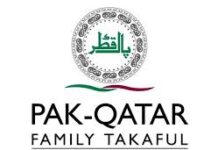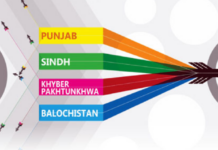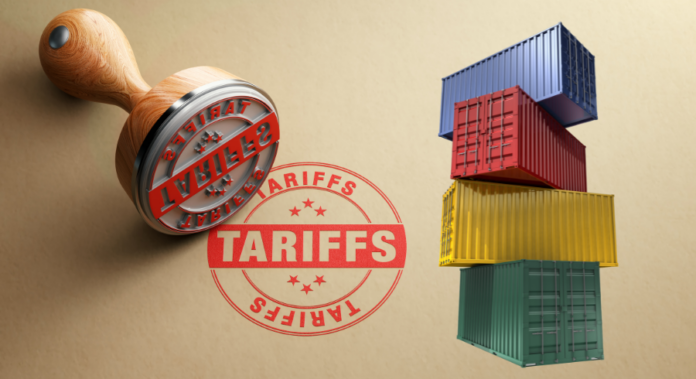The government has introduced a comprehensive five-year tariff reform plan aimed at driving export-led growth and revitalizing industrial development in Pakistan. The plan involves the gradual elimination of additional customs duties (ACD) and regulatory duties (RD) on more than 7,000 tariff lines, along with a restructuring of duty slabs across various sectors.
In its first year, the government provided Rs200 billion in relief by reducing tax rates and fully removing ACD on raw materials. While this move is expected to lower import duties, the Federal Board of Revenue (FBR) anticipates that higher imports will boost sales tax and withholding tax collections, partially offsetting the revenue loss from the reduced import duties.
One key fiscal measure includes a reduction of 0.5 percentage points in the super tax rate for income slabs between Rs200 million and Rs500 million, a crucial segment for the corporate sector under the income tax regime. The tariff rationalization is expected to increase exports by approximately $5 billion by the end of the five-year period, strengthening Pakistan’s global trade position.
The first phase of the reform introduces a simplified customs duty structure with slabs of 0%, 5%, 10%, 15%, and 20%. The existing 16% slab has been reduced to 15%, and the 11% rate has been cut to 10%. The 3% slab has been abolished, and products have either been moved to the zero-duty category or the new 5% slab. The government’s target is to reduce the simple average tariff from 19% to 9.5% over the next five years, with a uniform maximum duty of 15% by the end of the reform period.
The plan also eliminates the 2% additional customs duty on 4,383 tariff lines, retaining it only on 95 lines. Furthermore, the ACD on 518 tariff lines under the 15% slab has been reduced from 4% to 2%, while the 6% ACD on 2,166 lines under the 20% slab has been cut to 4%. The ACD on 468 lines with duties above 20% has been reduced from 7% to 6%.
Regulatory duties, which currently reach as high as 90%, will be reduced to a maximum of 50% under the new budget. Regulatory duties on synthetic staple fibre goods and various other products have been either removed or lowered, making imports more affordable and improving market accessibility.
In addition to customs duty and regulatory duty reforms, the government is gradually phasing out the 5th Schedule of Customs, which currently provides industry-specific tariff concessions. In the first phase, exemptions on 479 entries have been withdrawn, and all products covered by these exemptions will transition to the First Schedule.
Industries such as automobiles, iron and steel, textiles, chemicals, and plastics — previously shielded by high tariff rates ranging from 100% to 150% — will see these rates reduced to around 50% to 60%. The government has formed a steering committee, chaired by Prime Minister Shehbaz Sharif, to engage with these sectors for the gradual reduction in tariff protection.























